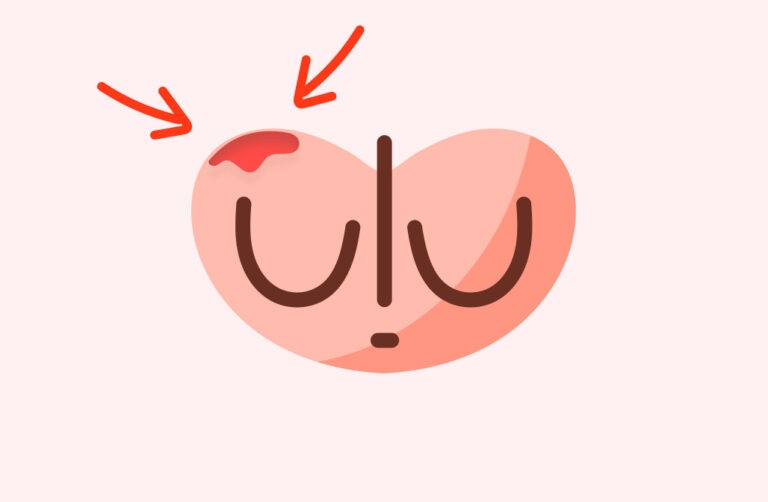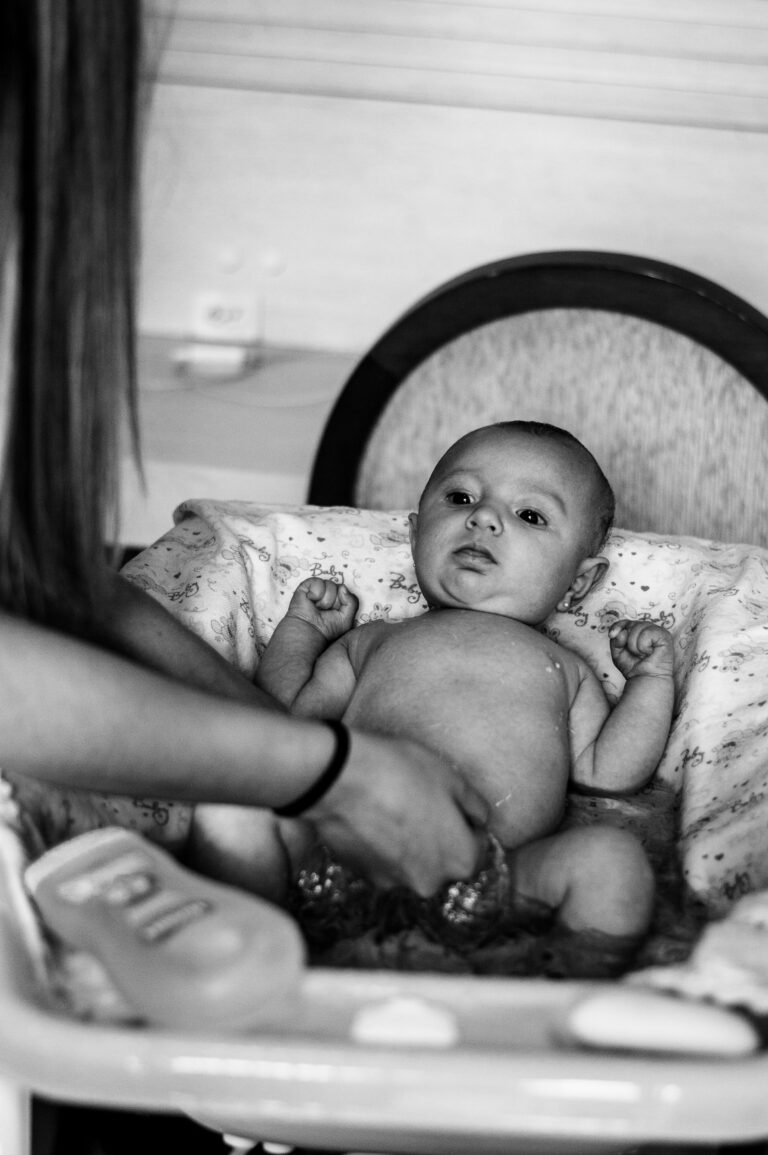Guiding a newborn through those first days and weeks sometimes feels like tiptoeing through a maze: unfamiliar, overwhelming, and occasionally sprinkled with moments of quiet wonder, especially when observing tiny, almost magical behaviors. One reflex stands out—the rooting reflex. A soft stroke of the cheek can unlock a symphony of movements: a turn of the head, an open mouth, a searching tongue. For parents, these gestures transcend mere feeding—they are glimpses into the wiring of a baby’s brain, signs that the foundations of growth and nourishment are in place. But what does the rooting reflex truly say about your child’s health? What should you watch for, and how can you support your baby if the reflex seems delayed or uneven? Here, you’ll delve into how this instinct shapes early feeding, why some babies struggle, and how science can help parents feel just a little more confident in those early, sleep-starved months.
Decoding the Rooting Reflex: Nature’s Feeding Blueprint
Picture this: your newborn’s delicate face, a gentle finger brushing against their cheek, and—instantly—a head turns, lips part, small tongue extending. This is not a conscious choice but a pre-programmed response etched deep in their nervous system. The rooting reflex is an ancient, primitive reflex—one of a suite of newborn neurological responses—controlled by the brainstem and orchestrated by the trigeminal nerve. It doesn’t just guide babies towards breast or bottle; it’s a safety net, ensuring they receive immediate sustenance after birth.
The technical explanation? At approximately 28 weeks of gestation, this reflex begins to appear, first faintly, then more pronounced by the time of a full-term birth. The neurologic pathway—sensory inputs rushing via the trigeminal nerve to the brainstem—fires a chain reaction, prompting those coordinated movements of mouth and tongue. Reflexive? Yes. But also purposeful. This early choreography is the body’s testament to survival, a living example of the mind-body connection at work before your baby can even control their own gaze.
Developing and Disappearing: The Timeline of the Rooting Reflex
Curiosity often leads parents to wonder: how long will this reflex last? The answer unfolds in phases. By 28 to 30 weeks of gestation, most infants—especially those arriving on time—demonstrate the rooting reflex reliably. Premature infants, born before this neurological milestone, can sometimes struggle. Feeding difficulties may surface, not from hunger, but from a nervous system still assembling its toolkit.
Fast-forward several months: as higher brain centers (think frontal lobe) grow in sophistication, voluntary control gradually overshadows primitive reflexes. The once vivid rooting reflex fades—typically vanishing between 3 and 6 months of age. If it lingers past this window, or never appears at all, it may be time to discuss further evaluation with your pediatrician. This transition isn’t just about feeding—it signals healthy brain development and the gradual takeover of conscious movement.
Rooting Reflex in Action: Influences on Feeding and Motor Development
That simple cheek-to-mouth response does more than guide a baby to food. It reflects a finely tuned network involving sensory integration—the merging of touch, sight, and movement. Each feeding session becomes a rehearsal for future motor coordination. Symmetry matters: a baby turning easily to both sides, mouth opening wide, signals robust neurological health.
But sometimes, the pathway isn’t smooth. Babies born prematurely, or those with certain medical complications like cerebral palsy or brainstem injury, may show a weak, absent, or even asymmetric rooting reflex. Feeding then may become effortful, impacting latch, milk intake, and—consequentially—growth rates.
Knowing these signs helps you act early. Mild delays may respond to gentle encouragement or feeding techniques—think hand-guided latching, extended skin-to-skin contact, and, at times, supplemental feeding options. Consistent, nurturing interaction does more than comfort; it strengthens not only emotional bonds but also the neural circuits responsible for later feeding independence.
The Science of Early Feeding: How Reflexes Work Together
Let’s pull back the curtain a bit further. The rooting reflex doesn’t operate in isolation. The sucking reflex—another breathtaking mechanism—is triggered by touching the top of the mouth, orchestrating suction for milk extraction. This is rapidly followed by the swallowing reflex, which efficiently moves milk away from the airway, while intricate neural circuits actually pause breathing to prevent aspiration.
Here’s the nuance: if any of these reflexes falter, feeding becomes a challenge. This is why healthcare providers place such importance on observing primitive reflexes right from birth, especially in neonatal intensive care units (NICUs), often using tools like the Brazelton Neonatal Behavioral Assessment Scale (NBAS) or the Neonatal Intensive Care Unit Network Neurobehavioral Scale (NNNS) to assess and monitor these early cues.
Practical Ways to Support and Encourage Your Baby
Stimulation is gentle, not forced. Reinforcing the rooting reflex can be as simple as stroking your baby’s cheek before a feed, allowing those vital neural pathways to fire repeatedly. Other helpful strategies include:
- Practicing skin-to-skin contact: Elevates not just physical warmth but soothes your baby’s nervous system, facilitating feeding reflexes.
- Using slow, patient guidance to move baby’s mouth toward breast or bottle, especially if initial attempts are awkward.
- Seeking individualized support from lactation consultants if latch or sucking difficulties arise; expert eyes can spot subtle biomechanical challenges invisible to exhausted parents.
Babies with persistent feeding struggles—or medical concerns—might need more advanced assistance: feeding tubes, occupational therapy, or medical assessment. Each step is meant to foster gradual improvement, not rush a baby’s own timetable.
When to Seek Reassurance: Monitoring for Abnormalities
Observation is your ally. A healthy rooting reflex generally appears bilaterally (on both sides), is vigorous, and precedes more overt hunger cues like crying. Watch for these signs:
- The reflex persists beyond 6 months
- It appears only on one side, or is unusually weak
- Feeding difficulties persist, despite appropriate stimulation
Should you notice these signs, connect with your pediatrician. Sometimes persistent reflexes, or their absence, can be linked to neurological delay, muscle weakness, or even structural concerns involving the face and jaw. More often than not, reassurance and incremental support are all a baby needs, yet prompt assessment brings peace of mind and, where necessary, early interventions with proven benefits.
The Broader Picture: Rooting Reflex and Other Primitive Reflexes
The rooting reflex is but one thread in a fabric of early-life reflexes—each a window into the functioning of the central nervous system. Others, like the Moro (startle) reflex and the grasp reflex, help clinicians form a holistic impression of your newborn’s health. Why does this matter? Timely evolution and integration of these responses offer powerful reassurance about brain maturity and neurological pathways.
Persistent, absent, or unusually asymmetrical reflexes always deserve attention. For some parents, these findings invite more frequent check-ups, collaboration with pediatric neurology, or ongoing therapies. The good news? Most irregularities resolve with time and focused support.
Advances in Monitoring and Research: A Glimpse Toward the Future
Neonatal science never stands still. The rooting reflex—once seen as a simple behavioral quirk—is recognized as an important biomarker of early neurological development. Recent innovations, from systematic behavioral assessments to wearable tech tracking minuscule facial movements, are allowing clinicians to pick up subtler signs of lag or progress. In some cases, neuroimaging or genetic testing play a role, guiding families through next steps with greater clarity and empathy.
A multidisciplinary approach—combining skills from lactation consultants, pediatricians, occupational therapists, and more—delivers reassurance and concrete pathways to feeding success, even for babies who start out needing a little extra help.
Key Takeaways
- The rooting reflex is a foundational, automatic mechanism—visible as babies turn toward, and open their mouths to, a gentle cheek stroke, empowering them to find nourishment right from birth.
- Spanning from about 28 weeks gestation until 3–6 months of age, this reflex transitions to voluntary movements as the brain matures; persistence or absence beyond this window may signal a neurological issue requiring professional advice.
- Feeding challenges—whether stemming from prematurity, medical complications, or weak reflexes—are not signs of parental failure but common flags best addressed gently and in partnership with trusted specialists.
- Supporting your baby’s sensory growth—through skin contact, responsive care, and timely consultation—promotes both immediate and long-term feeding success.
- Advances in medical science and technology offer parents and caregivers an unprecedented ability to understand and nurture the earliest building blocks of development. For even more tailored support, try the Heloa app for personalized tips and free child health questionnaires.
Parenting, like child development, is marked by milestones both celebrated and quietly worried over. The rooting reflex is more than a curiosity—it’s a signpost on your baby’s journey through early feeding, neurological growth, and the comfort of shared connection.
Questions Parents Ask
Can the rooting reflex be stimulated if my baby was born prematurely?
Absolutely, many premature babies may need gentle encouragement to develop their rooting reflex, as their nervous system might not yet be fully mature. Small, consistent acts like softly stroking your baby’s cheek before feeds or holding your baby skin-to-skin can help activate this natural reflex over time. With patience and nurturing, most premature infants gradually strengthen their ability to seek out the breast or bottle. Remember, every baby has their unique pace, and your loving support plays a positive role in their progress.
What should I do if my baby doesn’t show the rooting reflex at all?
If your baby doesn’t show any sign of rooting, try not to worry immediately—there can be many reasons, such as sleepiness or simply being content after a feed. However, if the reflex consistently fails to appear, or you notice challenges with feeding, it is important to discuss this with your healthcare professional. There are gentle strategies and therapies that can address feeding concerns, and your practitioner may offer supportive resources to help your baby develop their skills in a reassuring and positive way.
Is it normal for my baby to root even when they’re not hungry?
Yes, it’s quite common for babies to root at times when they aren’t actually hungry. The rooting reflex is closely connected to the way babies explore and interact with their world. It can be a sign your baby is seeking comfort, needs to suck for soothing, or is simply responding to touch. Rassurez-vous, these behaviors are a normal part of a baby’s sensory and emotional development.

Further reading:









